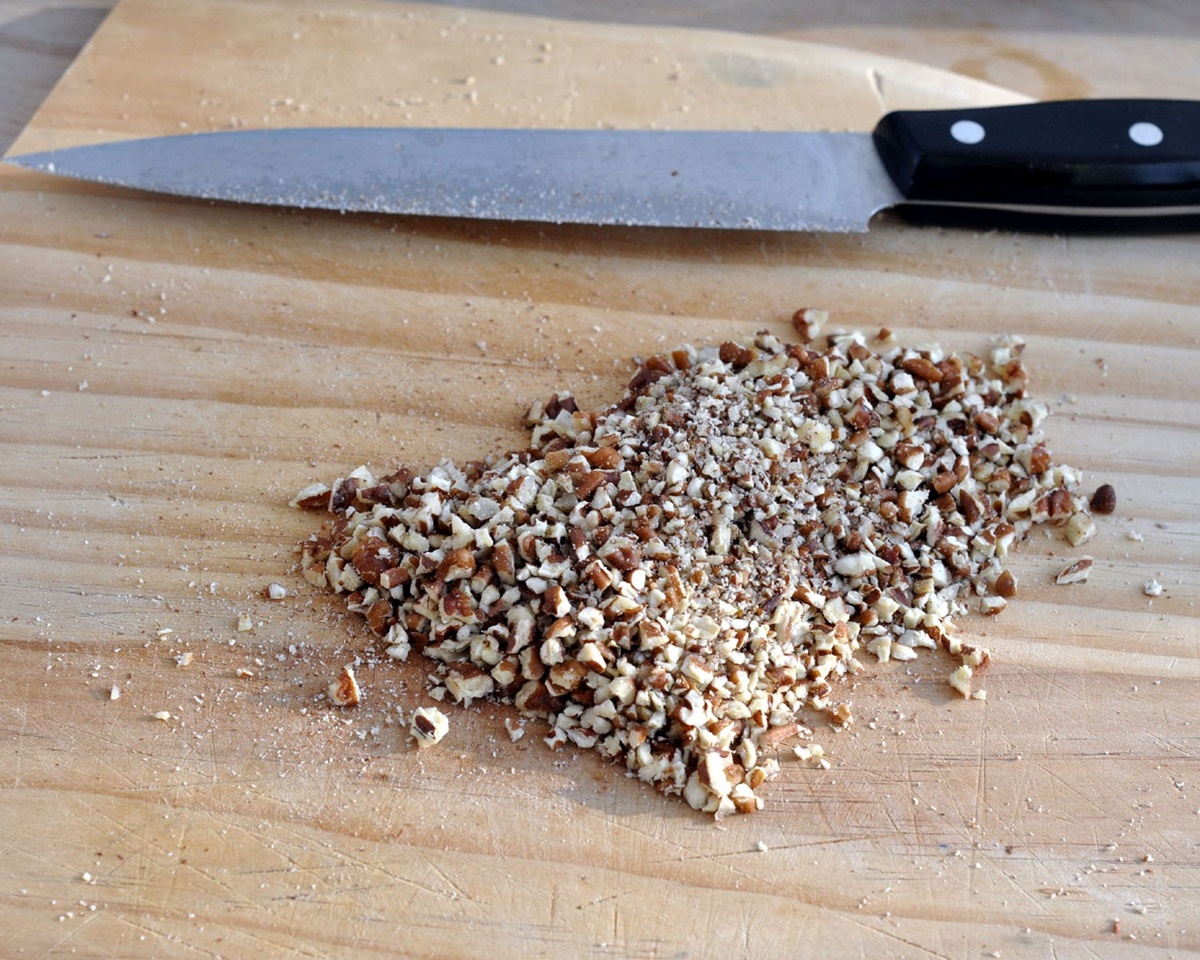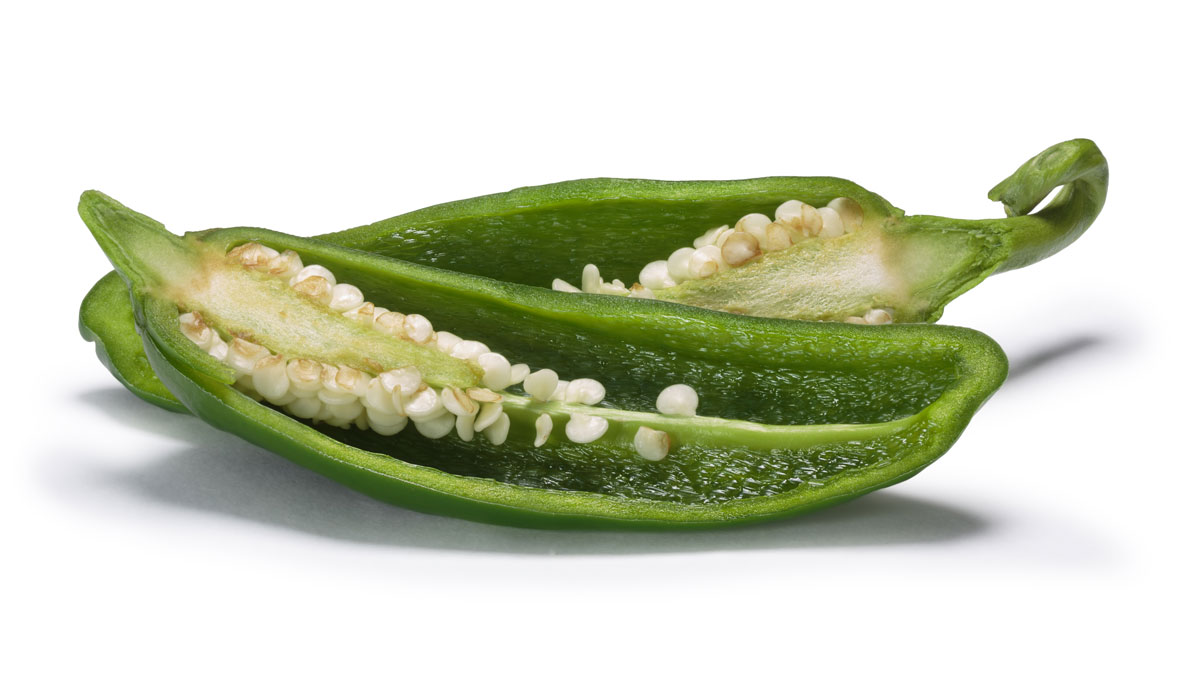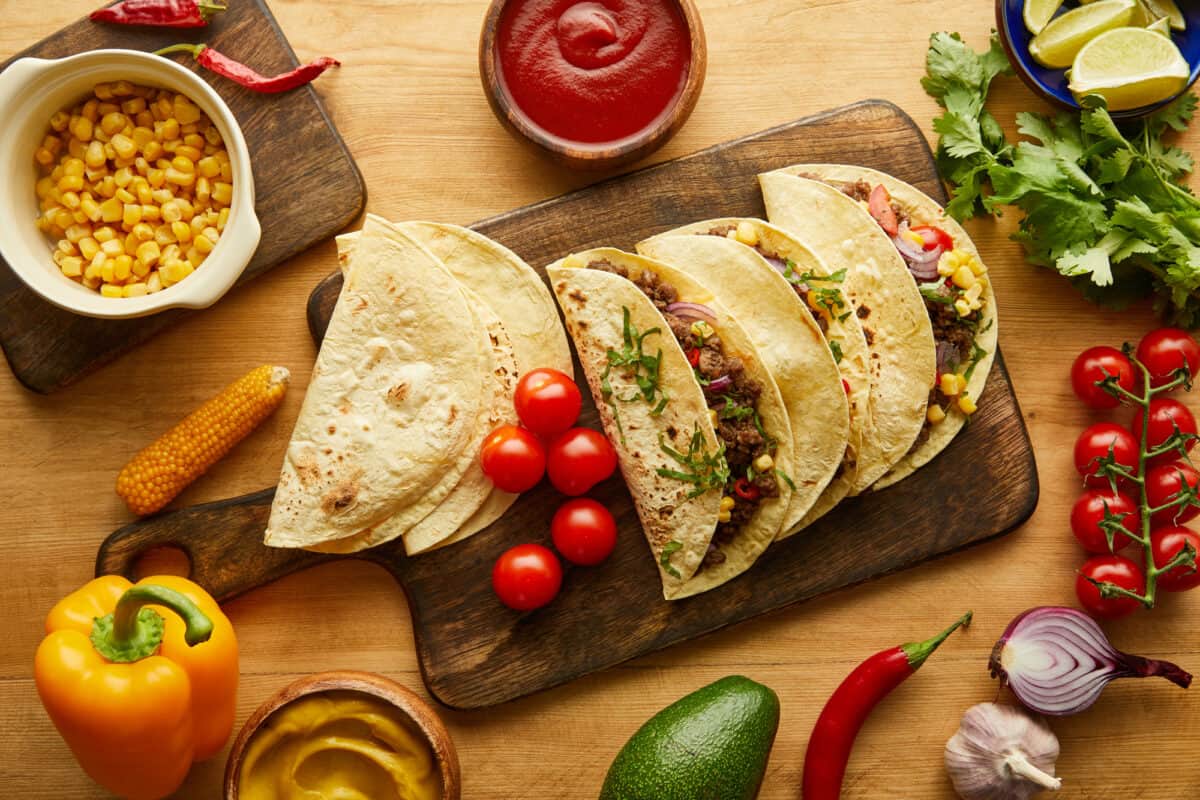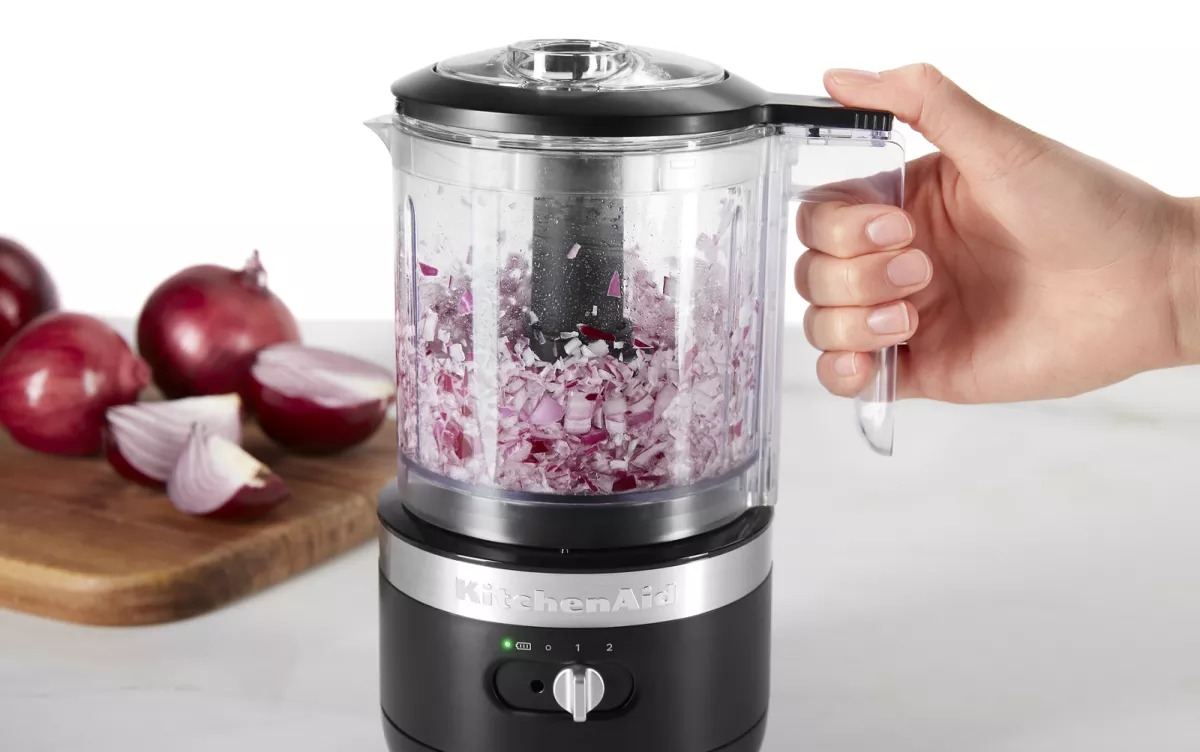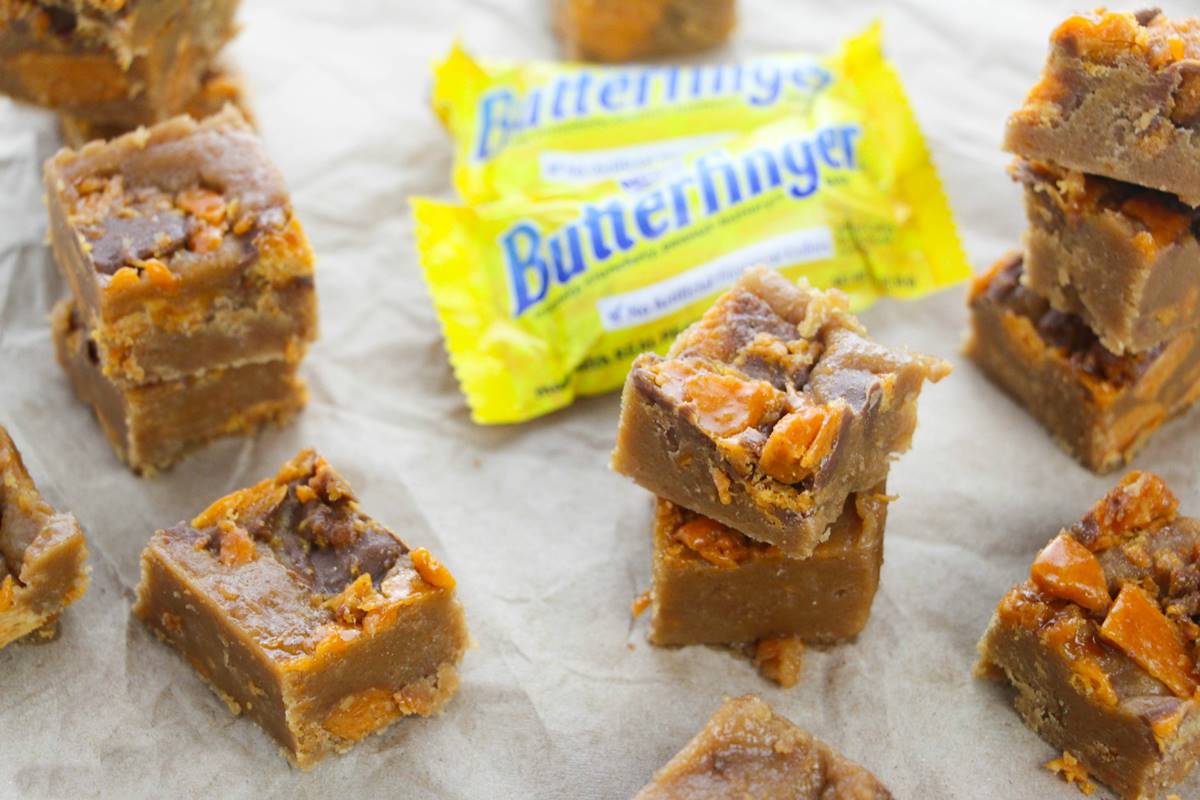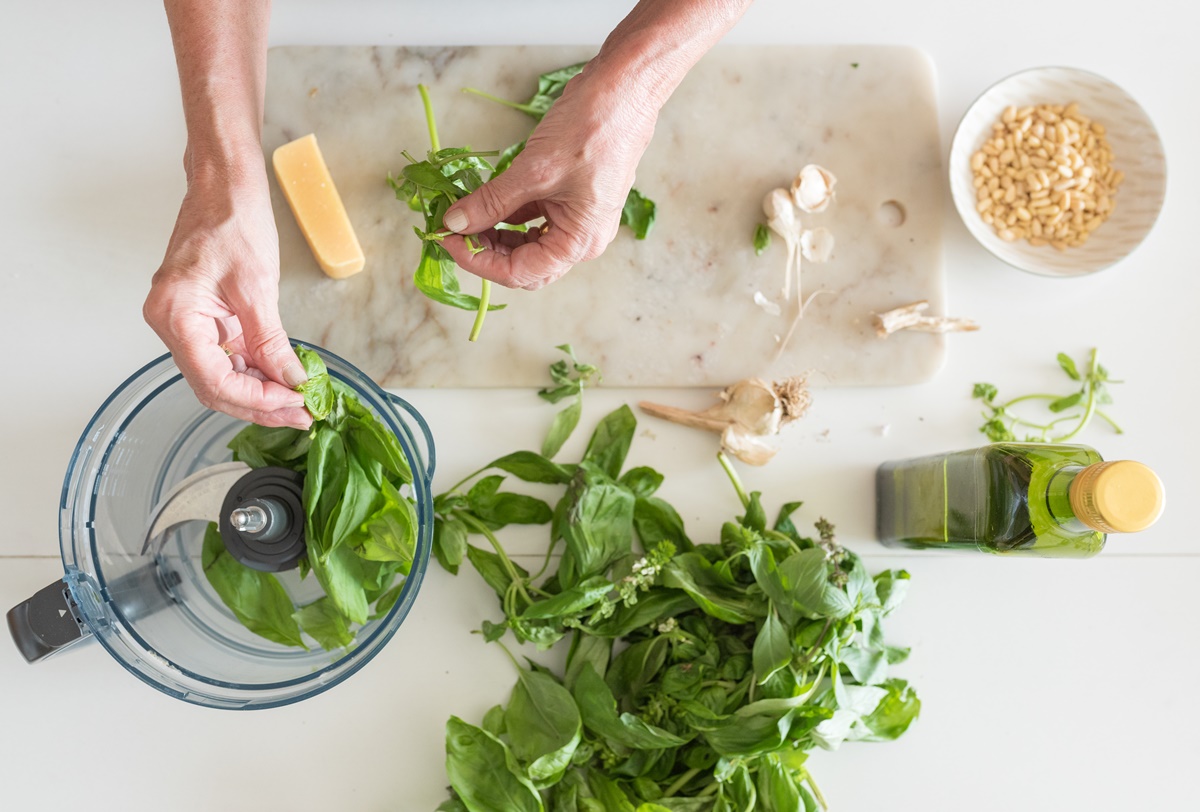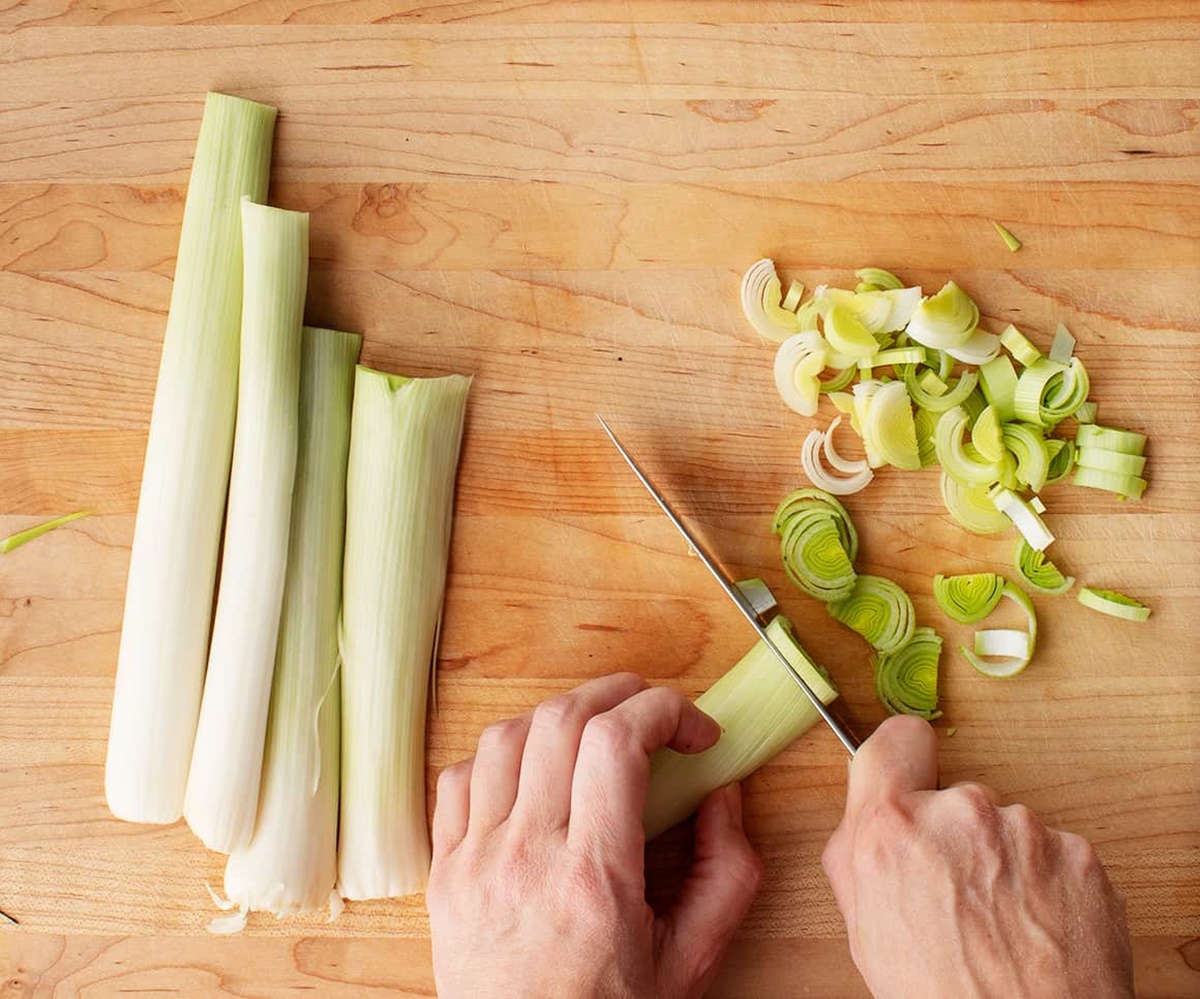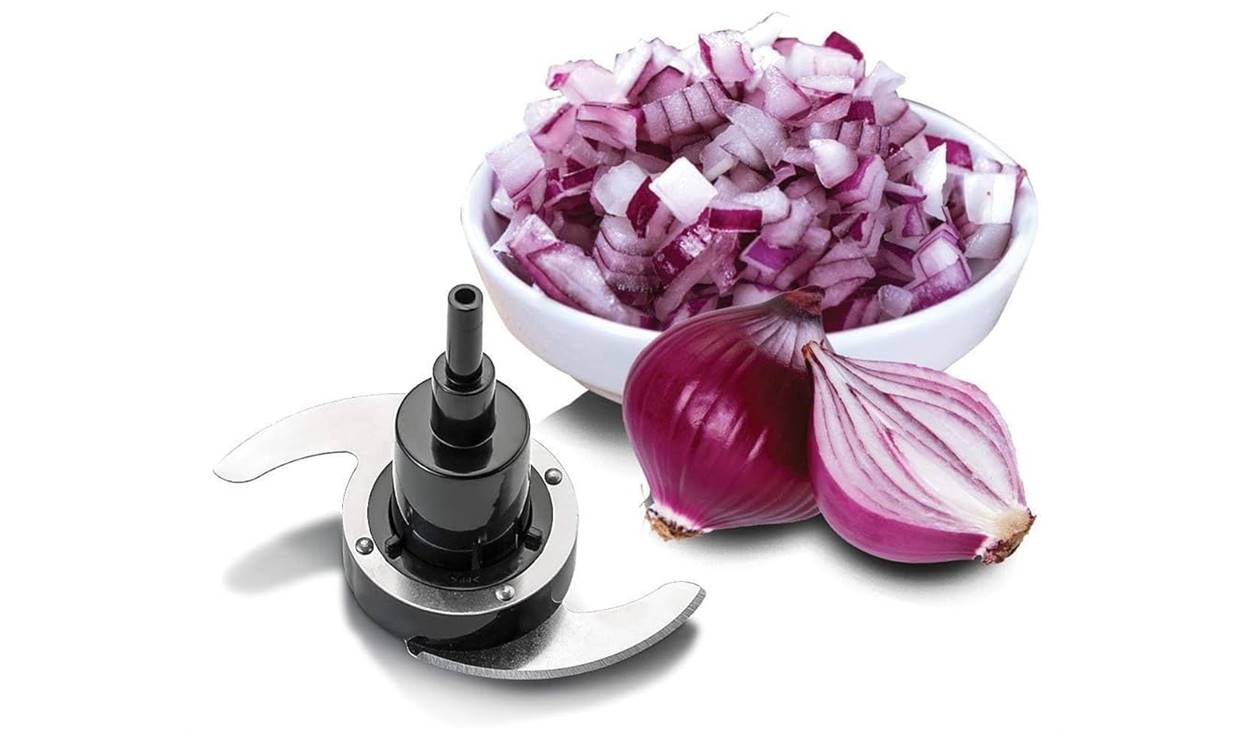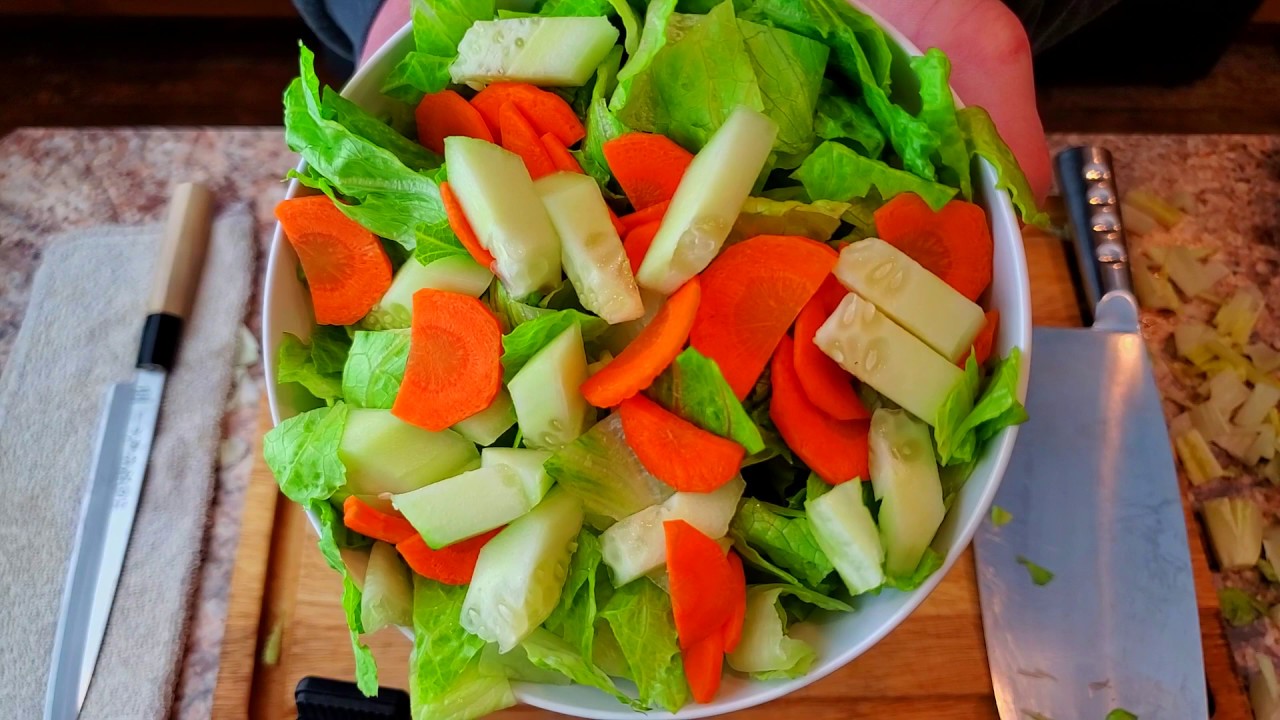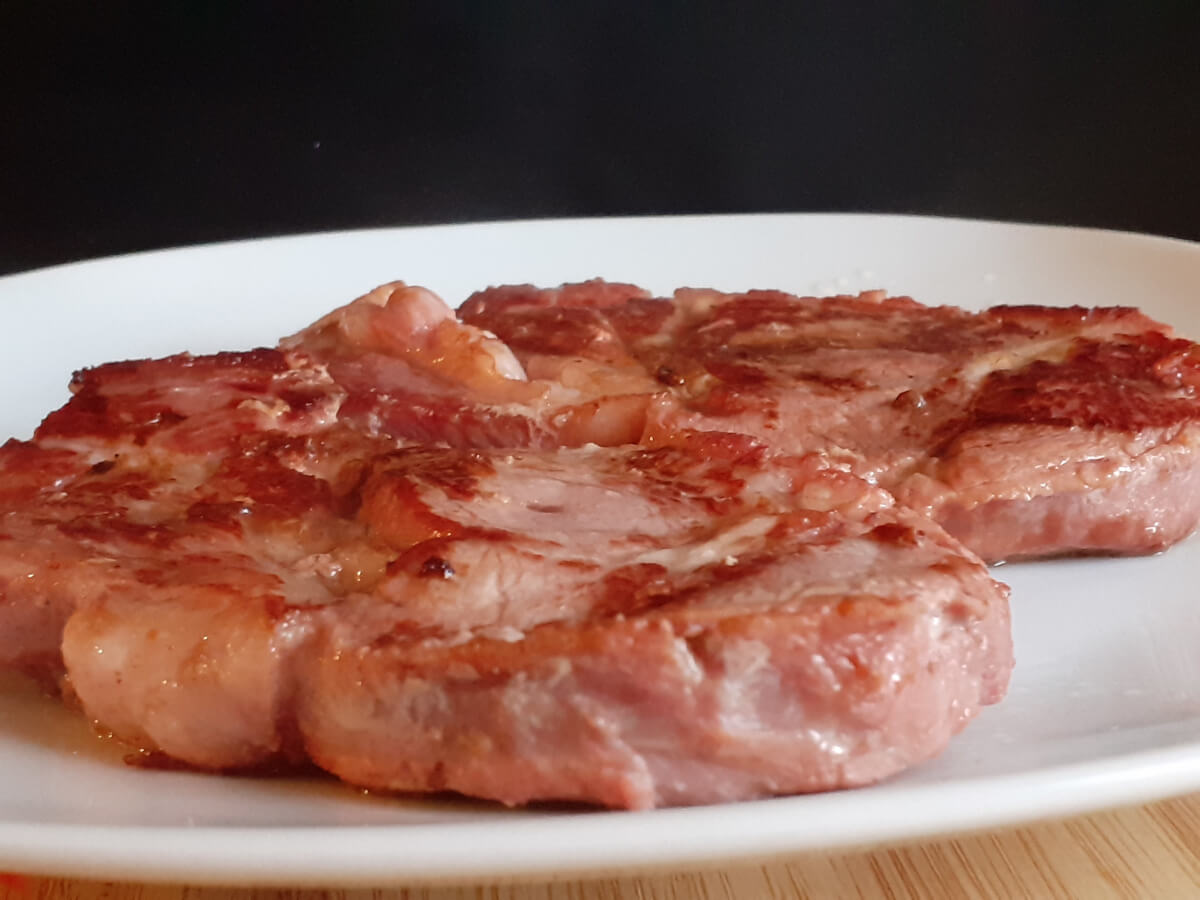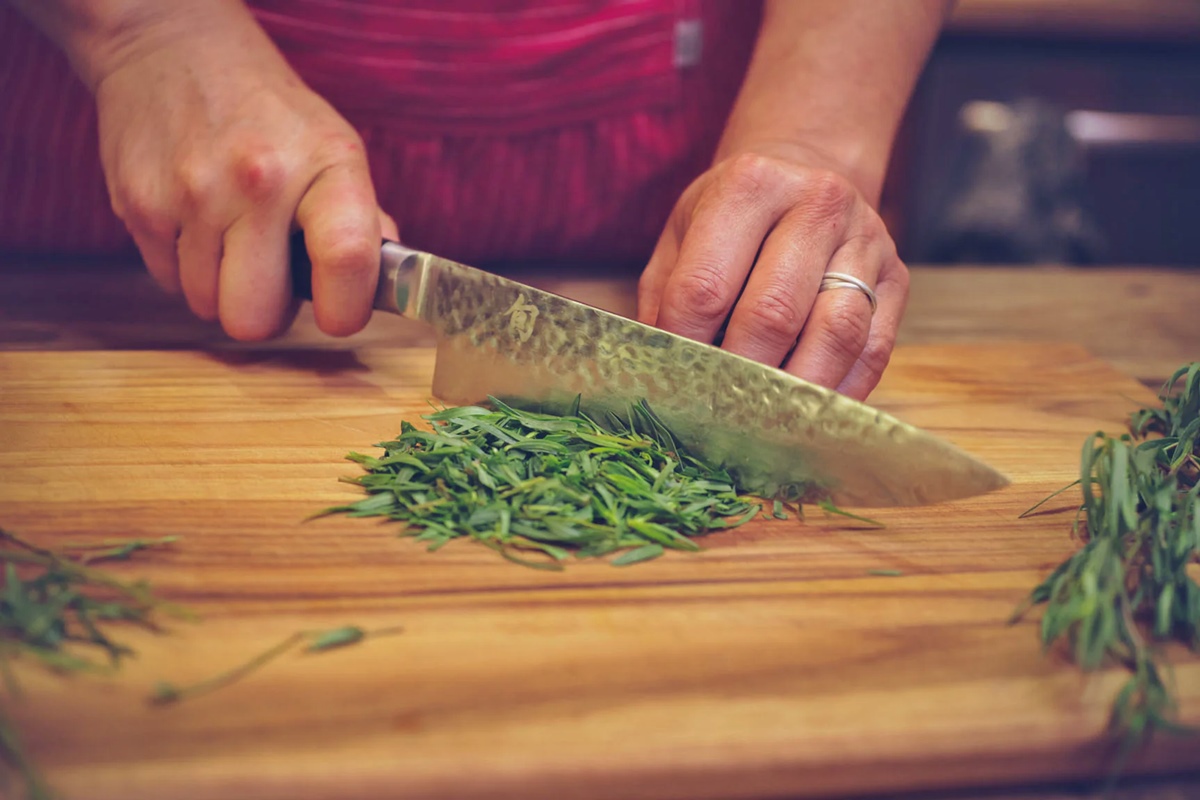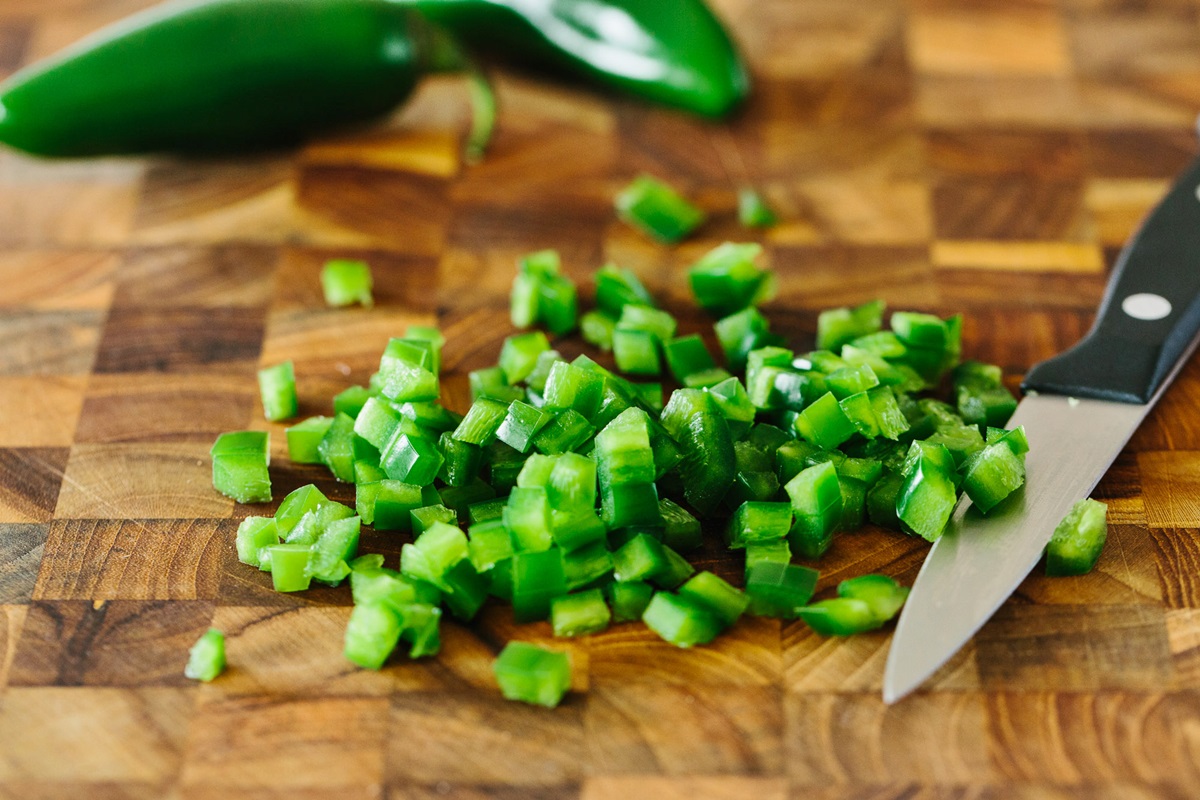How To Chop Herbs: A Step-by-Step Guide to Enhance Your Culinary Skills
Herbs are a culinary delight that can add flavor and freshness to any dish. Whether you’re a seasoned chef or a cooking enthusiast, knowing how to properly chop herbs can take your cooking skills to the next level. In this step-by-step guide, we will walk you through the process of chopping herbs like a pro.
Gather your ingredients and tools
Before diving into the world of herb chopping, make sure you have everything you need. Here are the essentials:
- Fresh herbs of your choice (such as basil, parsley, cilantro, or mint)
- A sharp chef’s knife or herb scissors
- A cutting board
Wash and dry your herbs
Prior to chopping, it’s important to give your herbs a good rinse under cold water to remove any dirt or impurities. Gently pat them dry using a clean kitchen towel or paper towels. Remember, dry herbs are easier to chop.
Select your chopping method
There are a few different methods you can use to chop herbs, depending on the recipe and your personal preference:
- Knife chopping: This method involves using a sharp chef’s knife. Hold the handle firmly and keep your fingers curled under to protect them. Rock the knife back and forth, making quick and precise cuts until the herbs are finely chopped.
- Scissor chopping: Herb scissors are a great alternative for those who prefer a hassle-free chopping experience. Hold the herbs in one hand and use the scissors to snip them directly into your desired size.
- Mortar and pestle: If you’re looking to release the maximum flavor from your herbs, consider using a mortar and pestle. Crush the herbs with the pestle until you achieve the desired consistency.
Chop away!
Now that you’ve chosen your chopping method, it’s time to get started. Follow these steps:
- Gather a small amount of herbs in a neat pile on your cutting board.
- Hold the herbs firmly with one hand, using your fingertips to keep them in place.
- Using your knife or scissors, make swift and precise cuts through the herbs in a rocking motion.
- Continue chopping until you reach your desired consistency. For a finer chop, keep going. For a more rustic look, leave them slightly larger.
Remember, practice makes perfect, so don’t be discouraged if it takes a few tries to master the technique.
Store your chopped herbs
If you find yourself with more chopped herbs than needed for your current recipe, don’t let them go to waste. Store them properly to preserve their freshness:
- Place the chopped herbs in an airtight container or a resealable plastic bag.
- Label the container or bag with the herb’s name and the date of chopping.
- Store in the refrigerator for up to one week or freeze for longer-term use.
Conclusion
Mastering the art of chopping herbs is a skill that will elevate your culinary creations. Armed with this step-by-step guide, you can now confidently chop herbs like a seasoned chef. So, the next time a recipe calls for herbs, embrace the process and enjoy the enhanced flavors they bring to your dishes.
Was this page helpful?
Read Next: How To Chop Jalapeno
